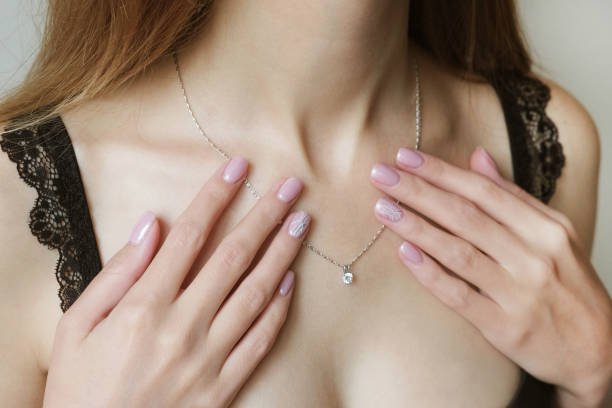What Factors Influence the Value of a Diamond? All Entries

For over five thousand years, diamonds have been treasured for their beauty in places as widely separated as ancient Egypt, India, and China. Although the very richest Europeans – kings and queens – would see the occasional diamond or two, it wasn't until the 19th century that they began to widely circulated throughout the world. These days, almost anyone can afford a gemstone quality diamond but diamond value varies widely – most notably depending on the following four factors:
-
Color grade – Although diamonds are typically depicted as being clear, they actually vary from slightly yellow (Grade Z) to colorless (Grade D). The less color, the higher the diamond value. The most highly prized – deemed colorless in the business – demand a huge premium in price. There are another dozen lesser grades that are essentially undetectable to the non-expert eye. These subtle differences make the lesser grades of stones far more affordable for the average person.
-
Clarity grade – Natural diamonds are created by the imposition of an enormous amount of pressure and heat on carbon underneath the earth. From a gemstone perspective, this process does not always produce a perfect diamond. Instead, a variety of internal flaws called “inclusions” and external characteristics known as “blemishes” can form. The nature of these flaws as well as their number, size, and position will affect a diamonds value. No natural diamond is ever perfectly blemish-free – flawless is the industry term – but the closer it approaches this ideal, the higher its value.
-
Carat weight – The word “carat” derives from “carob,” a small seed that was used as a counterweight on the early scales to measure the weight of a diamond. The “carat weight” of a diamond is the most obvious factor to the average consumer that contributes to its value. Diamond price increases with diamond carat weight and can vary substantially from even very small – often undetectable by the human eye – differences.
-
Cut style – One of the reasons diamonds are so highly prized is due to their ability to concentrate and transmit light in a spectacularly sparkling manner. To enhance this natural characteristic, a raw diamond is first studied by a gemologist and then cut to create the most pronounced light intensity possible. The first cutting – round, heart, oval, pear, or marquise-- determines the overall shape of the diamond. Subsequent cuttings then establish the top face or “table,” the lower portion also known as the “pavilion,” and the transition area known as the “girdle.” All of the cuttings are intended to intensify the dramatic effect of the stone.
Most experts have taken years to master the process of accurately appraising diamond value. For the average gemstone --uneducated consumer – or even the moderately educated one – it is only prudent to get advice from an expert or to deal with a reputable diamond merchant.
In short, diamonds are both visually stunning and emotionally evocative stones that also retain value through the best and worst of times. For more detailed information and how to buy a gem-grade stone, contact Ralph Mueller & Associates. You will find us online at ralphmueller.com or you can reach us directly at 480.949.9299.